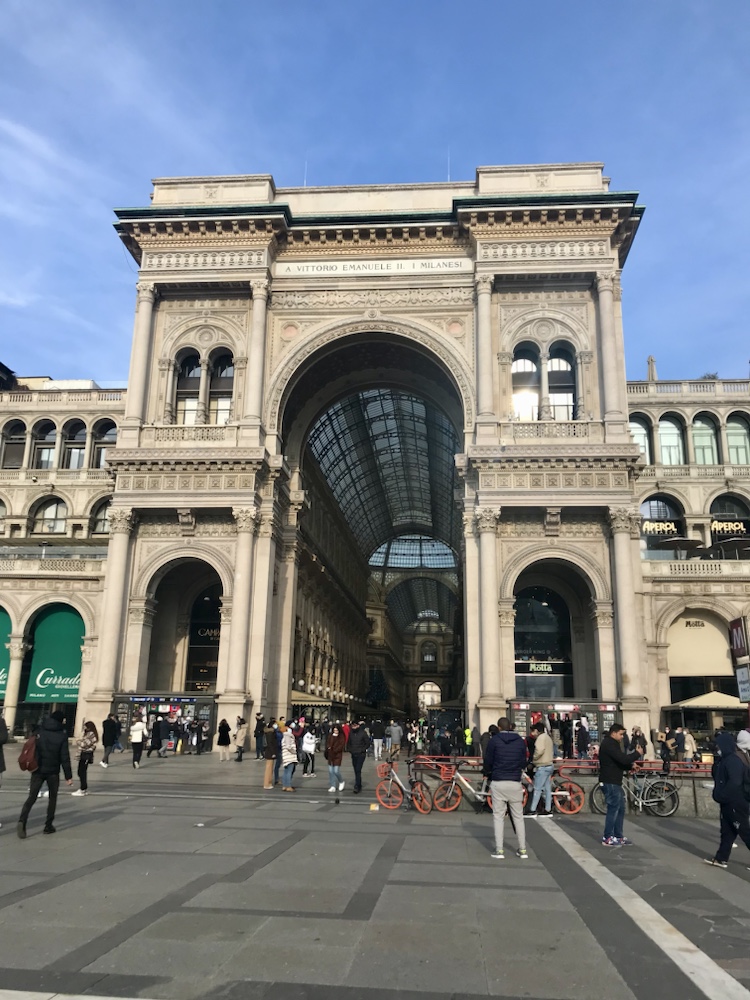Verona
In fair Verona where we lay our scene. Ah—the city of Romeo & Juliet. The Shakespearean tale drove countless tourists to the city over the centuries, allowing the city to preserve its most charming medieval character and even Roman ruins.




The streets are classic Italy, walls colored with murals and a striking style of architecture vaguely reminiscent of Venice. Just wandering the streets of the old town is a delight, trying local sfaggio pastries and gelato.



The first monument at the entrance to the historic city, past the stylish portal, is the arena. A Roman colosseum partially destroyed, it has been reconstructed and hosts opera performances. If it wasn’t so rainy I would love to see one! I love wandering each and every alley, and though it is connected, many sections are blocked off to restrict movement. They are setting up for an opera performance, and the grand opening for actors to pass through is closed. There is a subterranean level that reminds me of the tunnels of the colosseum in Rome. It is similar in style, just on a smaller scale.
Wandering around the city through the central plaza I pass markets and crowds through a medieval castle. Many cute churches line the way as well. I make my way down to the old castle and cross its characteristic bridge to the other side. I pass the crumbling Franz Joseph Arsenal and return to the historic center to find Juliet’s house.




The balcony is fake, although the medieval house belonging to the De Capello family is very rare. It’s possible they did have a feud with the Montecchio clan, but this story came from a poem. The idea of lovers from rival families dates back to Greek myths, but Verona is selling the story as true. Props and costumes from the Romeo and Juliet movie are inside the house and the Letters to Juliet wall has since been removed.



I continue on to the Duomo, or main cathedral, and cross the bridge to go up to the Roman amphitheater ruins. On top of many steps is a villa/community center and a great view of the sunset. The incoming storm gets me wet, but it is dramatic overlooking all the towers of the city. The lights come on as I quickly find a place to eat along the river, opting for a horse meat stew gnocchi (a tradition since medieval times). It is divine, and the gnocchi hand made. I treat myself to a hotel because I realize I left my backpack and tent inside the arena, which is closed. I book a last minute hotel that is high-tech luxury, which even has a complimentary Corona.























































































































































































































